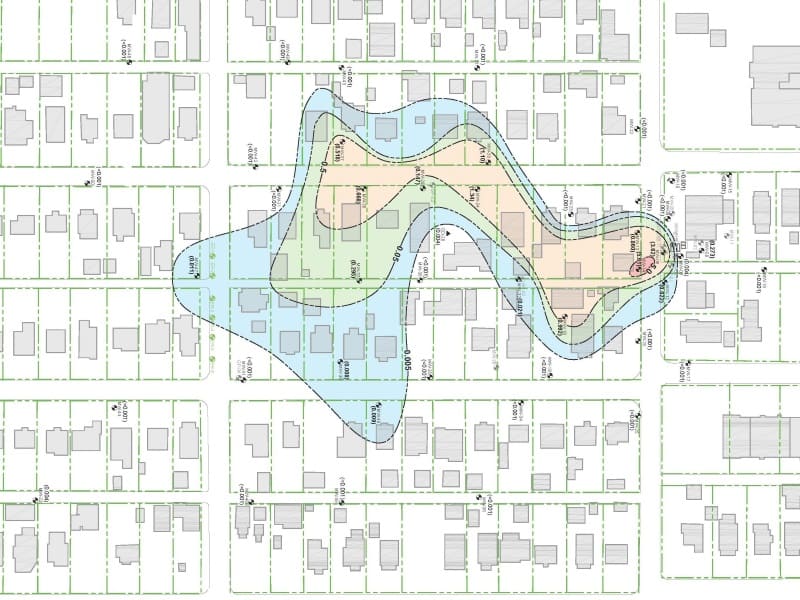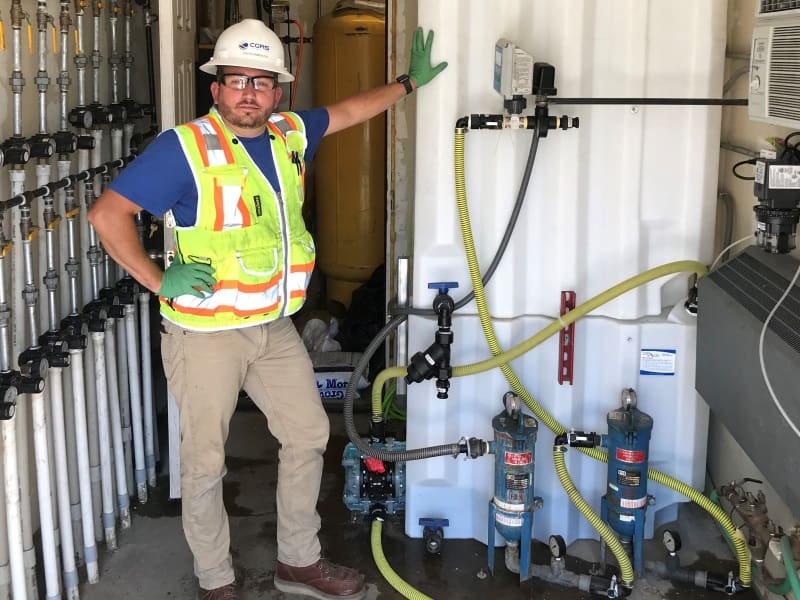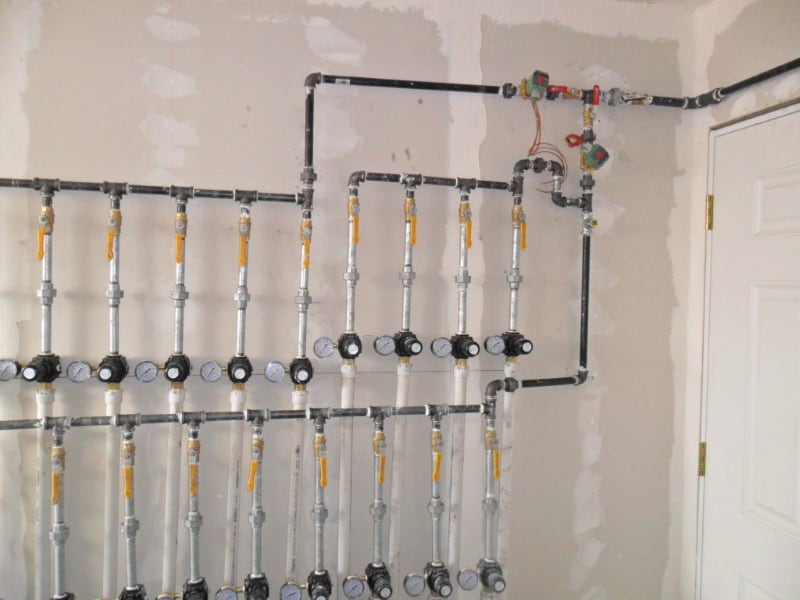‘Treatment train’ approach increases remediation success
Oftentimes the circumstances surrounding an environmental impact require multiple remediation tactics:
The spill occurred decades ago.
The plume is unusually deep and/or wide.
It’s continuing to grow.
It’s overlaid by structures and/or roads.
In these cases, treating the site may require using multiple different remediation technologies – also known as a “treatment train approach” – over an extended time to achieve desired results. Optimizing remediation system efficiency can include pinpointing primary and secondary treatment areas that address the source while simultaneously preventing additional migration at the edge of the plume, maximizing treatment time in those areas.
Call a CGRS Expert:
800.288.2657

Tarah Winterfeld
Staff Geologist
Mobile: 720.253.8165
One CGRS project site requiring a treatment train approach involves a plume of impacted groundwater approximately 800 feet long and 550 feet wide. Not only had the original release occurred in the 1990s, but overlying properties prevented traditional approaches such as excavation, total fluid recovery or the installation of a large mechanical system.
To tackle this project, CGRS installed a relatively small pump-and-treat system incorporating three remedial technologies: submersible pumps extract water from areas with higher hydrocarbon concentrations and run it through a dual-vessel, activated-carbon treatment system. After the water is treated, a constant-flow injection pump adds a steady stream of nutrients to the groundwater, which is injected back into the plume. The re-injected water dilutes the plume with clean water to decrease hydrocarbon concentrations, and it supplies naturally occurring microbes with the essential nutrients for promoting biodegradation in the subsurface. The remediation system also includes a bio-sparging feature, which adds oxygen into the plume to support growing microbe populations. All of these remedial technologies operate 24 hours a day, maximizing treatment time while saving money.
The treatment train approach has effectively reduced source-area concentrations by over 50%. CGRS has also reduced the overall contaminant extent by treating the plume from the outside inward using in-situ, enhanced bio-oxidation techniques.
When it comes to addressing challenging sites, CGRS offers a wide arsenal of technologies it can apply individually or as a treatment train to deliver a solution to your remediation needs.





